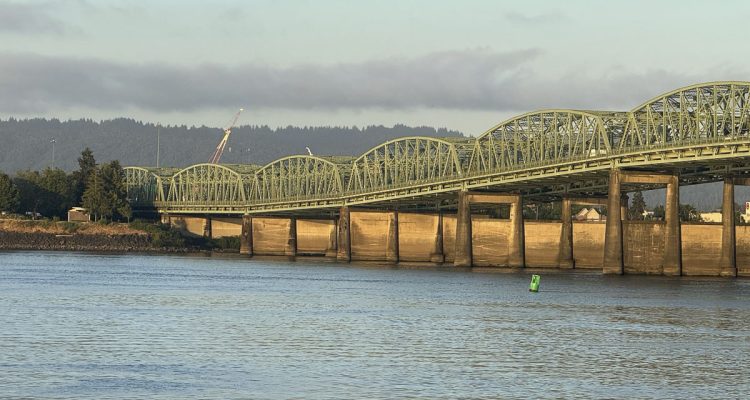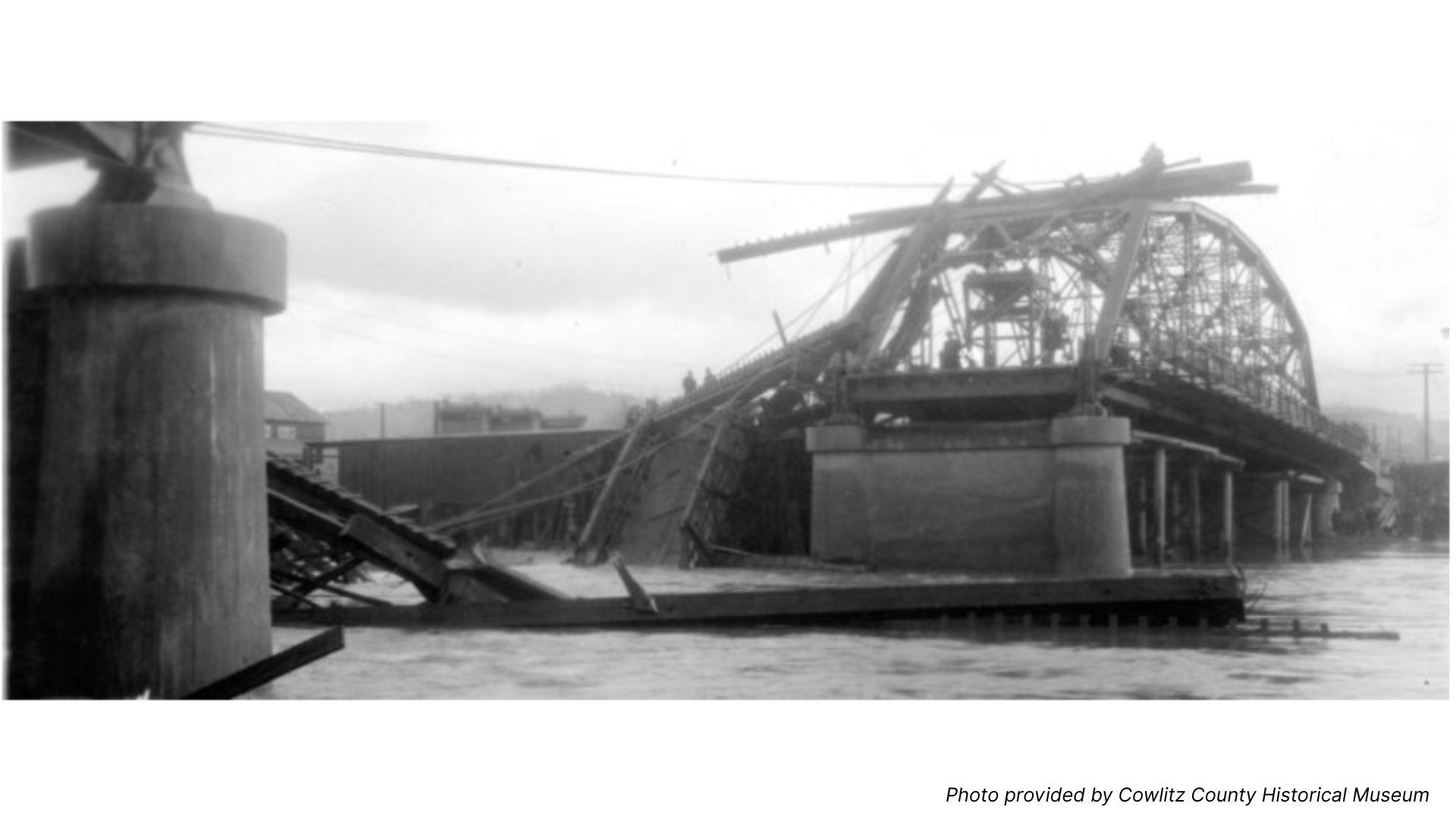On Tuesday night, the Washington State Department of Transportation (WSDOT) updated the Bothell City Council on the positive impact of the new northbound peak-use shoulder lane on I-405.
Two points stood out to me from the presentation.
1. Adding a general purpose lane has reduced toll rates.
According to WSDOTs' presentation before the Council, after hard shoulder running was opened, average express toll lane rates decreased for northbound afternoon peak period drivers (lower demand, lower toll rates).
In March 2017, 16% of drivers paid $8-10 to use the toll lanes. In May 2017 (after hard shoulder running was opened), that percentage dropped to 4%.

After a little prodding from one of the councilmembers, WSDOT clarified that the averages provided were for the entire length of the corridor (Bellevue to I-5) – not for the sections of toll lanes north of SR 522 or SR 527, where the afternoon bottleneck is most crippling.
Although I suspect toll rates decreased up north as well, section-specific data where general purpose capacity has been added would provide a more accurate comparison – a comparison that is not diluted by data from southern parts of the corridor where there are two more lanes in each direction.
2. Adding a general purpose lane has reduced traffic congestion.
Between SR 527 and I-5 (a relatively small stretch), where additional capacity was given to the public, 500 more vehicles are able to travel on I-405 during the afternoon peak hour (4pm to 5pm).
More than 750 of the total 5,200 vehicles are using the new shoulder, which is open between 2pm and 7pm (an hour longer than WSDOT’s preferred peak period metric, which runs from 3pm to 7pm). Another approximate way to look at this:
Before: 4,700 vehicles / 3 lanes = 1,567 vehicles per lane per hour
After: 5,200 vehicles / 4 lanes = 1,300 vehicles per lane per hour
In other words, giving the public general purpose lane capacity has allowed more vehicles to travel through this section of freeway, has improved traffic flow since fewer vehicles are traveling in each lane, and has reduced toll rates since there is less demand for toll lanes.
When the Puget Sound Regional Council consulted with ECONorthwest a few years ago to examine toll operations, they found that imposing tolls on one lane instead of two would reduce toll prices and increase general purpose speeds. This is exactly the impact we see up north, where we now have one toll lane, and effectively three general purpose lanes for 1.8 miles. If success is defined in terms of congestion relief, this model is better. Thus, as we have said before, returning one lane between Bellevue and Bothell to a general purpose lane would also reduce traffic congestion and toll rates, improving the way I-405 operates.
Unfortunately, the high tolls collected from drivers when general purpose lanes are gridlocked deter state officials from providing more widespread congestion relief.
A couple final thoughts
David Hablewitz, founder of Stop405Tolls.org and a fellow board member on the Eastside Transportation Association, testified before the Council during the public comment period. He asked a series of questions that WSDOT should address moving forward, a couple of which I would like to note here.
First, why wasn’t this capacity added five years ago? And second, given the high costs of toll administration, how much did taxpayers pay in tolls in order to get $11 million-worth of capacity?
David noted that “it’s amazing what even a small amount of capacity…can do to prove that we can build our way out of congestion.”
He is not suggesting that we can build our way out of infinite growth, or that making transportation decisions about the infinite future is a legitimate goal. What he is suggesting is that we can and should build for the next several decades. This isn’t a shortsighted approach – it is a prudent one.
I will continue to track I-405 express toll lanes and their impact on mobility, especially as we near the end of their two-year test period. In the meantime, you can view the entire public hearing here. You can view WSDOT’s blog on the shoulder lane update here.





